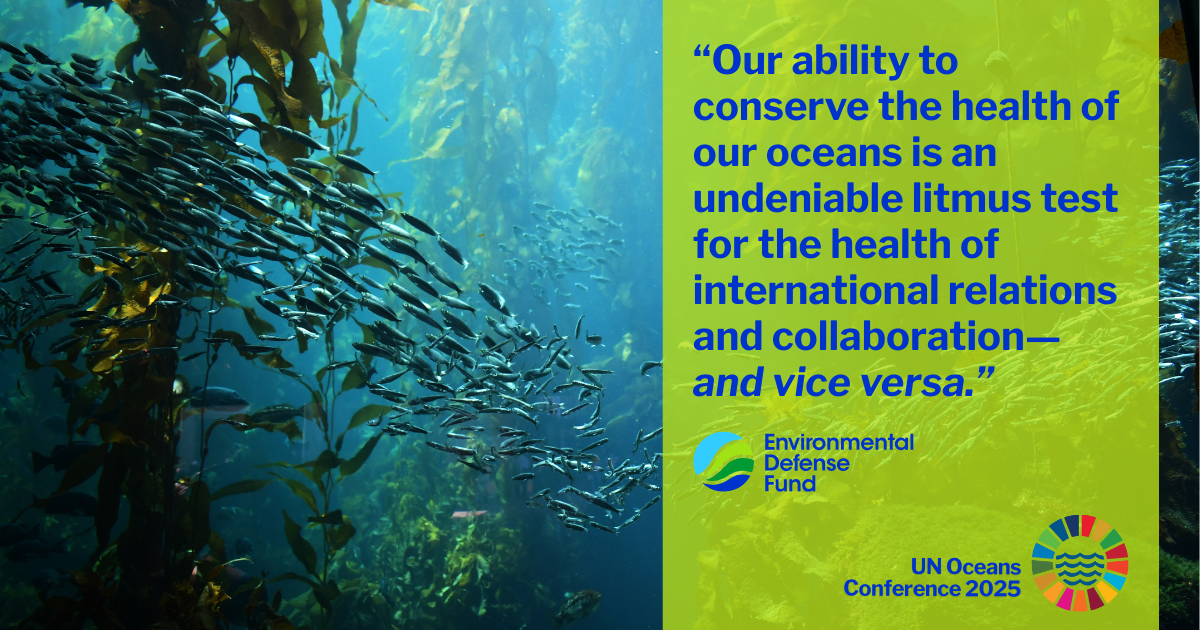
Cuban communities forging an innovative path to marine conservation
Celeste, Dafnet, Evelin, Fidel, Laura, Maikel, Patricia, Rafael, Valentín and Yudier. These are not the names of hurricanes, but the names of Cubans whose ideas and innovative actions have the constructive energy of a hurricane.
The energy of these people has been key to advancing marine sustainability in Cuba. Moreover, they are not alone. Across the island, there are up-and-coming initiatives that share common visions. They owe part of their success to the momentum of already established learning networks that facilitate the exchange of information and experiences. Learning networks help bring people together to solve complex problems. They are designed to create and disseminate information, to align common visions to facilitate collective action and therefore these problems.
Fishing communities in Madagascar, Fiji, and other geographies are successfully using this method to help meet their goals for sustainable fisheries. EDF’s Oceans Program is using these and other examples to support sustainable small-scale fisheries and marine conservation in Cuba, Chile, Portugal and Spain.
In the Cuban archipelago, EDF is learning from Celeste, Dafnet, Evelin, Fidel, Laura, Maikel and many others about creating community-based marine learning networks on the island. These community leaders helped EDF to identify what networks were already working.
EDF and the Cuban NGO Fundación Antonio Núñez Jiménez organized an interactive event as part of the XI International Convention on Environment and Development (CUBAMBIENTE 2017) in Havana. Some of the 37 participants of this session were key players in the implementation of the community-based fisheries management project SOS Pesca that targeted two fishing communities: Guayabal and Playa Florida. Attendants like Evelin and Yudier explained how the momentum of four years of these efforts laid the foundation to establish strong community-based networks that continue to work together. These networks help members of the networks find innovative ways to participate in fisheries science and management in both communities.
As a result of the session, participants placed 62 innovations on a map of the Cuban archipelago.

Together, they described 22 initiatives related to fisheries science and management, 13 on community-based management of marine protected areas and 18 on sustainable productive alternatives for marine conservation.
The resulting virtual map shows these initiatives as promising advancements in several areas of Cuba:
- In The Gardens of the Queen National Park, Valentín Marín (a fisherman from Guayabal) spoke about the new oyster farm in his community, and Pepe Gerhartz (a marine conservation expert) discussed tourism committed to conservation and sustainable fishing in the Park.
- Patricia González (director of Cuba´s Center for Marine Research) took us 500 feet deep into Cuba´s oceans where a historic international expedition discovered new species and stunning intact mesophotic reefs.
- In the north coast, Celeste Scantlebury and Evelin Castillo (both marine biologists of fishing ports), shared their experiences cultivating marine sponges and lobster management in Caibarién.
- Luis Araujo (a port director in Cortés) took us to the western coasts to learn about the implementation of Cuba´s National Plan of Action for Sharks, collecting catch and effort data and applying selective gears.
The list goes on…
This map offers a tool that will facilitate successful scaling to build upon the success of SOS Pesca and other marine conservation projects in Cuba. Lessons learned from the two SOS Pesca communities along with this innovations map, can scale up efforts to build capacity and leadership within local communities, empower fishermen to be effective advocates and foster collaboration among government agencies, seafood enterprises and other institutions.














